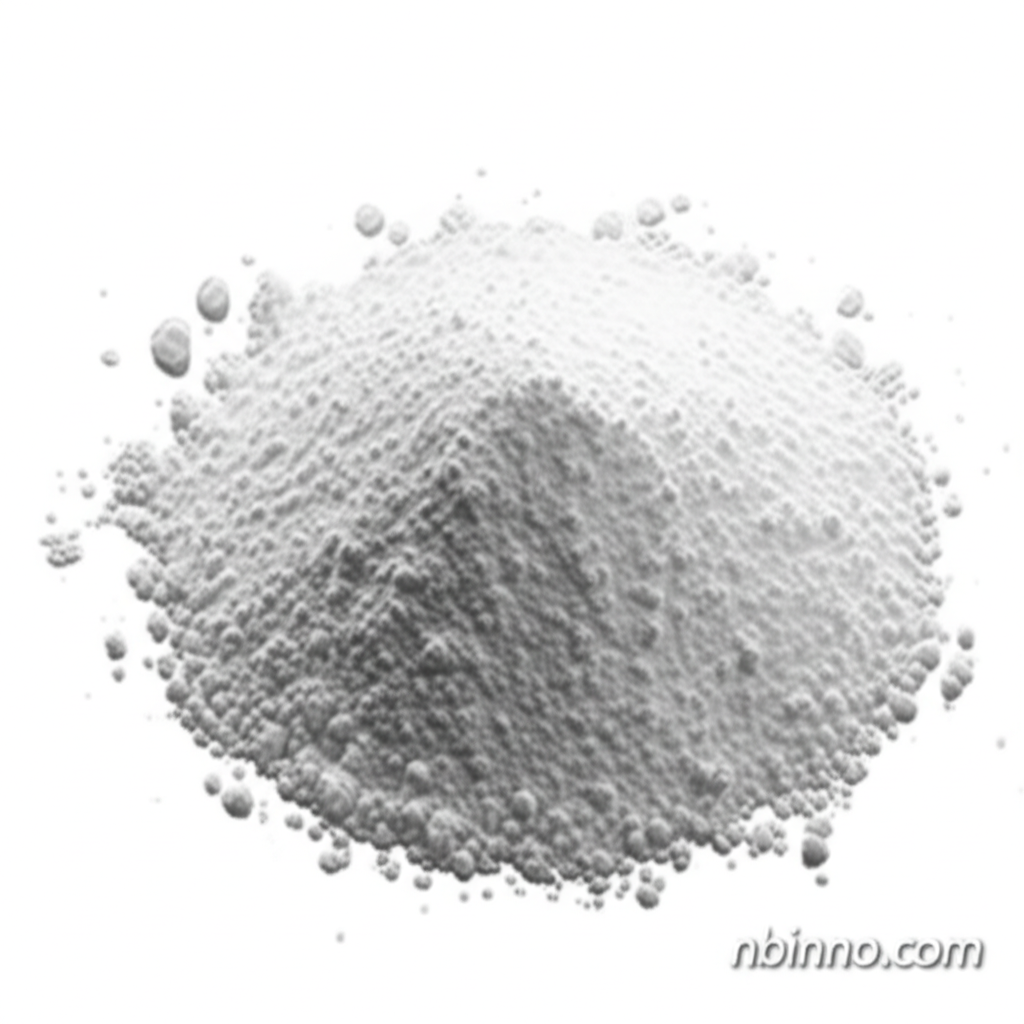Lauric Acid (CAS 143-07-7): A Versatile Fatty Acid for Industrial and Personal Care Applications
Explore the wide-ranging benefits and applications of this key saturated fatty acid, essential for numerous industries.
Get a Quote & SampleProduct Core Value

Lauric Acid
Lauric acid, systematically known as dodecanoic acid (CAS 143-07-7), is a saturated fatty acid with a 12-carbon atom chain. It is predominantly sourced from natural oils like coconut and palm kernel oil, presenting as a white, powdery solid with a subtle bay oil or soap-like odor. Its amphiphilic nature makes it an excellent surfactant and emulsifier, crucial for product formulation in various sectors. The compound is also recognized for its antimicrobial, antiviral, and beneficial metabolic properties.
- Discover the robust antimicrobial properties of lauric acid, crucial for fighting bacteria and pathogens, making it a key ingredient in hygiene products.
- Learn why lauric acid is ideal for soap making, contributing to rich lather and effective cleansing action when converted to its sodium or potassium salts.
- Explore the extensive uses of lauric acid in cosmetics, acting as an emulsifier and cleanser to enhance skin and hair care formulations.
- Find out where to buy lauric acid online and understand its importance in various industrial chemical applications.
Advantages Delivered by the Product
Superior Surfactant Properties
Leveraging its amphiphilic structure, this fatty acid provides excellent cleansing and foaming capabilities, essential for detergents and personal care items. Its ability to reduce surface tension makes it a vital component in surfactant systems.
Natural Antimicrobial Action
With recognized antimicrobial and antiviral properties, lauric acid is effective against various pathogens, enhancing the efficacy of hygiene products, food preservatives, and even certain pharmaceutical applications.
Versatile Industrial Intermediate
As a key intermediate, lauric acid is crucial for synthesizing a range of products, including biodegradable polymers, biofuels, and specialized derivatives used in plastics, lubricants, and agricultural chemicals.
Key Applications
Personal Care & Cosmetics
Integral to formulations like shampoos, body washes, and facial cleansers, its surfactant and emulsifying qualities provide excellent cleansing and conditioning for skin and hair.
Soaps & Detergents
Forms the base for many soaps and detergents, offering rich lather and effective cleaning power, making it a staple in household cleaning products.
Food Industry
Used as a flavoring agent, preservative, and in the production of medium-chain triglycerides (MCTs), contributing to texture, stability, and health benefits in various food products.
Pharmaceuticals
Acts as an excipient to enhance drug delivery, solubility, and bioavailability, leveraging its antimicrobial properties for therapeutic applications.
